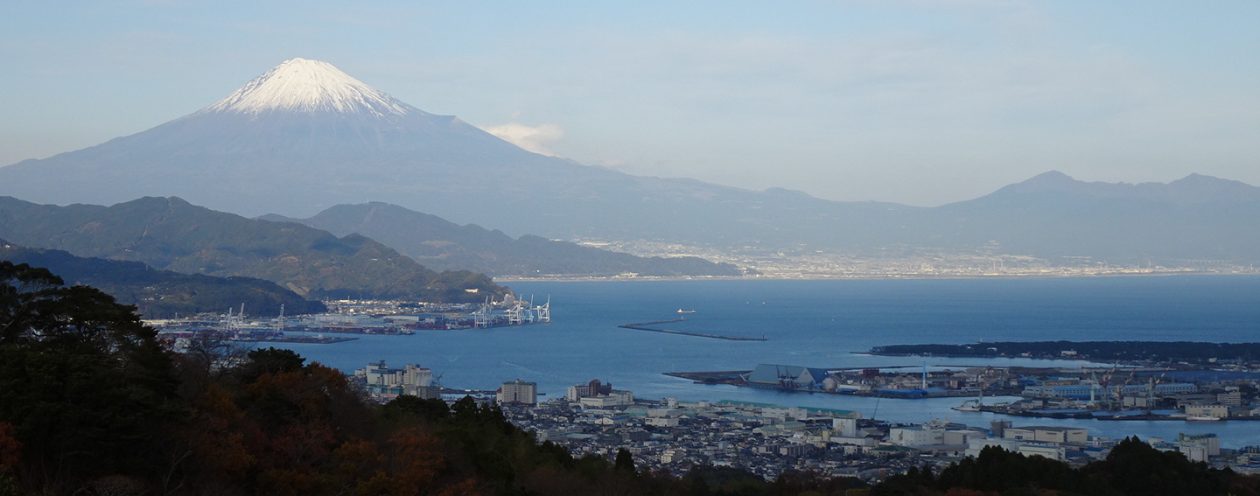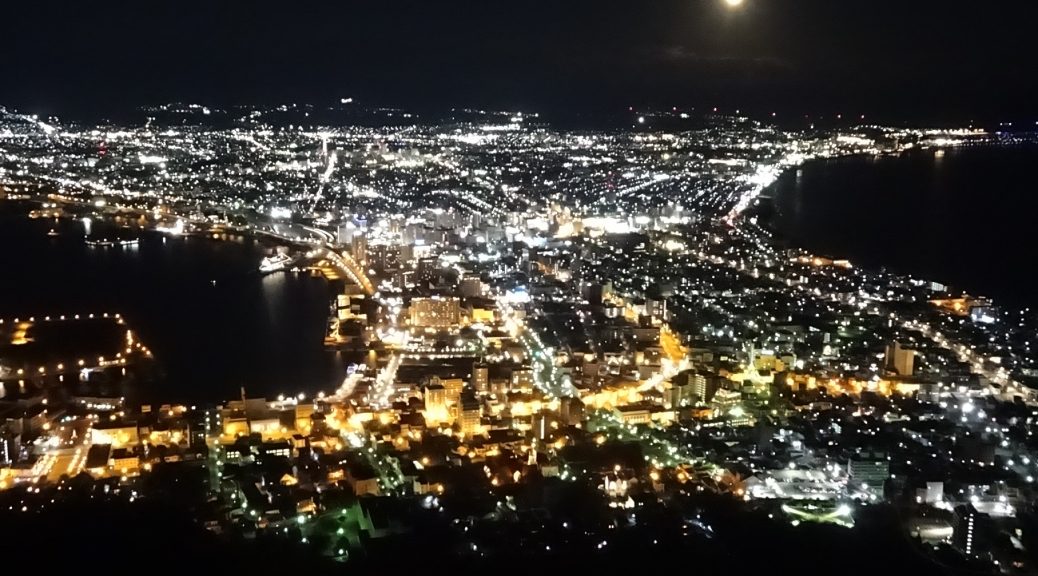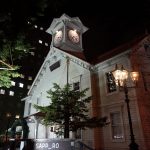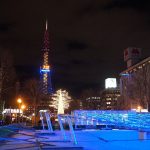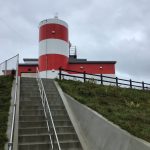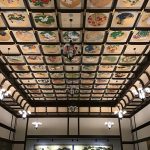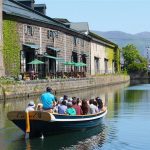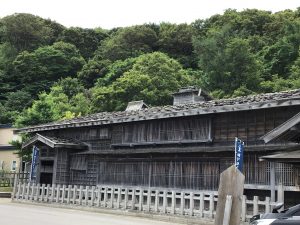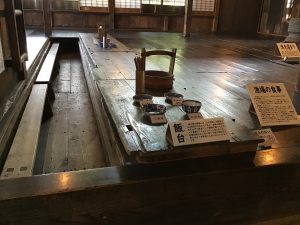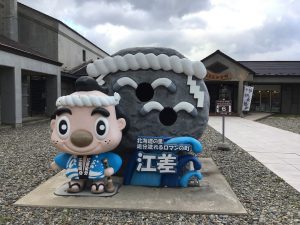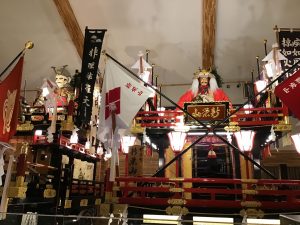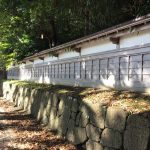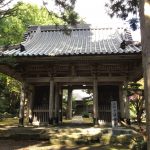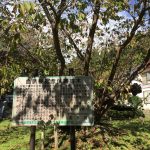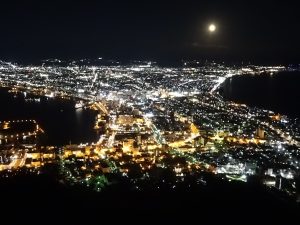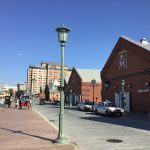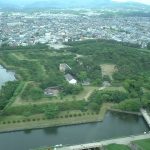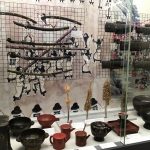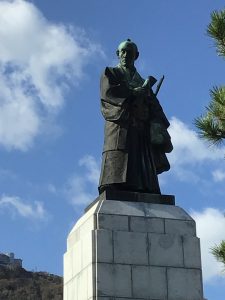Course 3:
Treasures of the sea
that created Japanese culture; Hokkaido
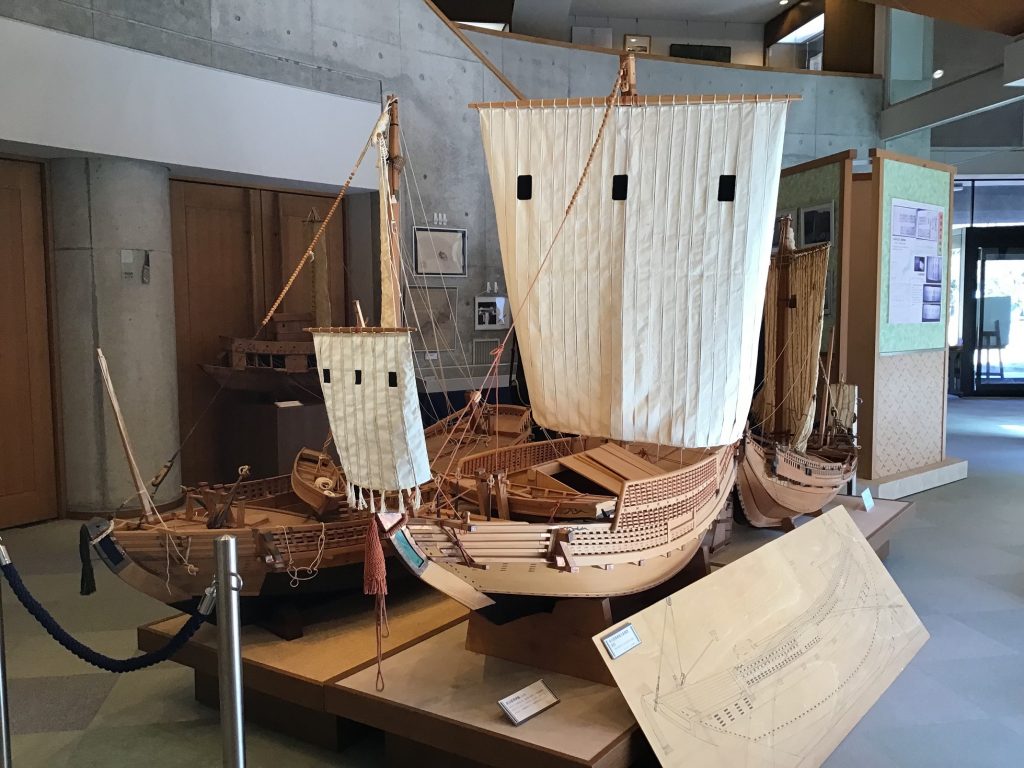
⇒⇒ Veuillez consulter la page en français.

/// Introduction
Kitamae-bune were ships that was active from the mid-Edo period to the Meiji period. They carried goods to various places mainly along the Sea of Japan side of the route connecting Hokkaido and Osaka. Thanks to them, products from various regions were delivered to other regions, utilized those goods, and culture and performing arts flourished in various regions.
If we trace the roots of food culture, festivals, traditional performing arts, traditional crafts, etc. in various parts of Japan today, there are many that came from Kyoto and Kamigata (Osaka) on the Kitamae-bune. In addition, many of the roof tiles and stone materials used in old townscapes, shrines, and temples were transported as ballast on Kitamae-bune ships.
Why not embark on a journey to discover the connection between Kitamae-bune and Japanese culture that lives today?
Our tours interweave various themes related to Kitamae-bune, and also combine wonderful spots other than Kitamae-bune, making it a very meaningful and luxurious trip.
The tour can be as it is, or we can arrange the number of days and places to visit according to your wishes.
We can also arrange hotel classes and transportation upon your request.
Kyoto and Tokyo (Edo) are loved by foreigners.
“Kitamae-bune” shows what was transmitted from there, what supported there, and the connection between them.
Let’s take this opportunity to learn about “Kitamae-bune” as you learn more about Japan!
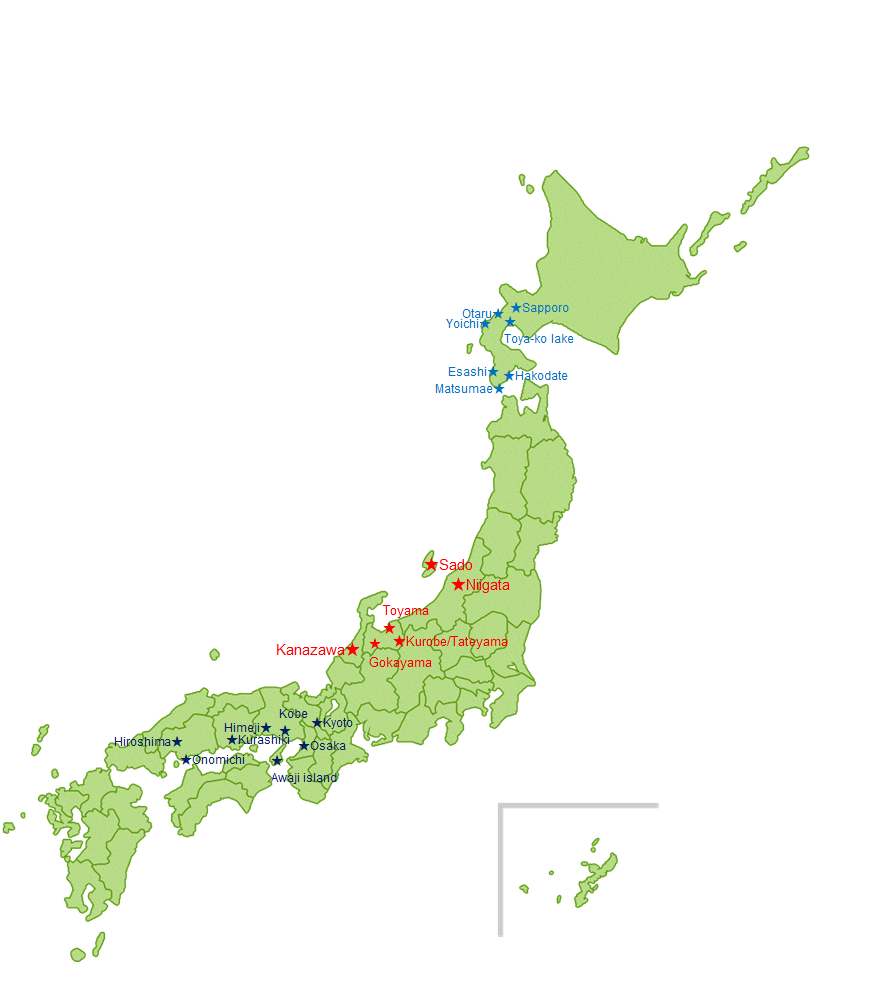
/// FIT package
We can arrange this tour for individual, family, or the small group, following to your designated date, through the year.
/// Itinerary
| Day | Visiting Places **the items in blue are related to the Kitamae-bune |
Stay |
| 1 |
Meet with guide at Shin Chitose airport(CTS), then move to Sapporo |
Sapporo |
| 2 |
Sapporo |
Sapporo |
| 3 | Move to Otaru
Otaru developed due to the herring fishing that began in the late Edo period and the maintenance of the port after the Meiji period. When Ezo was renamed Hokkaido and the Kaitakushi (development ministry) was established, immigrants from all over the country surged in population. The Kitamae-bune took on a new role of transporting the goods that supported their lives. Kitamae-bune owners advanced to Otaru one after another, and developed new businesses such as the establishment of sales warehouses. |
Otaru |
| 4 | Move to Yoichi
**If you wish, possible to visit Nikka Whisky brewery. Move to Kamui Cape, walk to the edge From Yoichi Port, Shakotan’s abundant seafood was transported to Hokuriku and Osaka on Kitamae-bune ships. Unjoya, which was a business base of merchants who undertook trade with the Ainu people by Matsumae clan, and the fishing grounds of the buildings where herring fishing was carried out are important heritages that cannot be seen in Honshu (mainland in Japan). 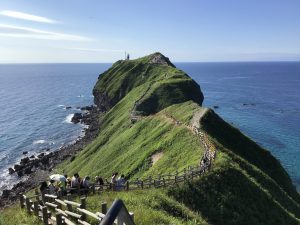 Then, back to Otaru |
Otaru |
| 5 | Move to Esashi On the way, stop by Mt. Yotei and Lake Toya, take a walk |
Esashi |
| 6 | Esashi
Kamome Island prospered as a port of call for Kitamae-bune ships, with perfect geographical conditions as a natural breakwater and windbreak wall. In addition, boats docked at Esashi, which is bustling with herring fishing, merchants also appear, and prostitutes and entertainers also came across from the other place. It was so crowded that people said that “May in Esashi is not even in Edo (**Esashi was much busier than Tokyo).” Then, move to Matsumae |
Matsumae |
| 7 | Matsumae
Matsumae was one of the trading ports in Hokkaido (Ezo) managed by the Matsumae clan, which was only one clan in Hokkaido. In spring, Matsumae is flooded with so many herrings that it changes the color of the sea. In the 17th century, Omi (Shiga) merchants, who opened shops in Matsumae, brought Matsumae’s herring, kelp, dried abalone, etc. to Kyoto and Osaka, and instead carried kimono, rice, miso, etc. to Matsumae to trade. In addition, the culture of Kyoto and the garden trees of temples (blood vein cherry trees, etc.) were also brought. Then, move to Hakodate |
Hakodate |
| 8 | Hakodate
Hakodate, where was one of the trading ports of the Matsumae clan, changed completely under the direct control of the shogunate in eastern Ezo (current Hokkaido). When products from the Ainu trade were distributed via Hakodate port, the arrival of Kitamae-bune ships increased rapidly. The urban development promoted by the magistrate of Hakodate accelerated with the addition of the wealth of the Kitamae-bune. This key person was Mr. Takadaya Kahei from Awaji Island. **refer to course 1, day 7
|
Hakodate |
| 9 | Send off to Hakodate Airport (HKD) or Shin-Hakodate Hokuto station, then finish the tour |
UNESCO World Heritage:
None in this course
The theme of Kitamae-bune:
- Port of call and townscape: Otaru, Yoichi, Esashi, Matsumae, Hakodate
- Building and house: Herring Palace, Old Aoyama villa, Otaru Warehouse Group, Fishing Ground, Old Shimo-Yoichi Base of Trading Post, Old Nakamura Family Residence, Matsumae Domain Residence, Goryokaku (five-sided fortification)
- Ships, routes and port facilities: Hiyoriyama (Otaru, Kamome Island, Mt. Hakodate), Canal Cruise, Shirakami Cape
**”Hiyoriyama” is located in near most of ports, and was used by sailors to see the weather (predict the weather) when they decide to sail. A direction stone (compass) made of granite was often placed there, and one or a few trees such as pine trees were growing on the summit, which served as a landmark from afar from the sea. - Faith: Kamui Cape, Kamome Island, Great Ubagami Shrine
- History: Mr. Takataya Kahei statue
- Goods which was carried:
- Culture which was communicated: Esashi Oiwake (folk song), Great Ubagami Shrine Festival (based from Gion Festival in Kyoto), Feudal Lord Cuisine
- Museum: North Folk Museum
/// Price and Booking
The price of this course will change depending on the participation date, desired hotel class, desired transportation, additional changes to the course, etc.
First of all, please send us your desired visit date and details from the application described below.
Our staff in charge will contact you, decide the customized course while consulting and confirming with you, and present you the price clearly.
After your agreement to this contents, the formal booking will be made.
/// Cancellation Policy
Cancellation Policy for this course after formal bookings;
| Days to Departure | Cancellation Charge |
| More than 31 days | 10,000JPY |
| 30-15 days | 50% of trip price, Min 10,000JPY |
| 14-8 days | 70% of trip price, Min 10,000JPY |
| 7 days or Less, No Show | 100% of trip price |
Please refer to “Price, Terms and Conditions” for other detailed regulations.
/// Application Form
Please select the course and fill in the below box;
/// Payment
Payment can be settled by credit card (Paypal or Stripe).
After your booking, we will send you an invoice, then after your payment by credit card, the booking would be completed.
/// Contact
If you have any questions or offer to book, please send an email. We welcome even little questions! Don’t hesitate, and see you in Japan!!
Contact us: info@i-travel-square.tokyo
